Colección 2. ¿La guerra ha terminado? Arte en un mundo dividido (1945 - 1968)
Sabatini Building, Floor 4
Following the blow that the Holocaust and World War II (which had its rehearsal in the Spanish Civil War) dealt to the utopian ambitions of the avant-garde, modernity isolated itself in its autonomy in order to explain the world. In contrast with this retreat into gestural and expressive abstraction, the society of consumerism takes shape and a series of political changes deepen the polarization between the highly-individualistic, Western world and the Soviet collective ideal, two opposing, yet complementary poles. Art, despite its appearance of isolation, is embedded within this complex framework of discourse, where the battle for ideological hegemony is waged in cultural primacy.
High resolution images
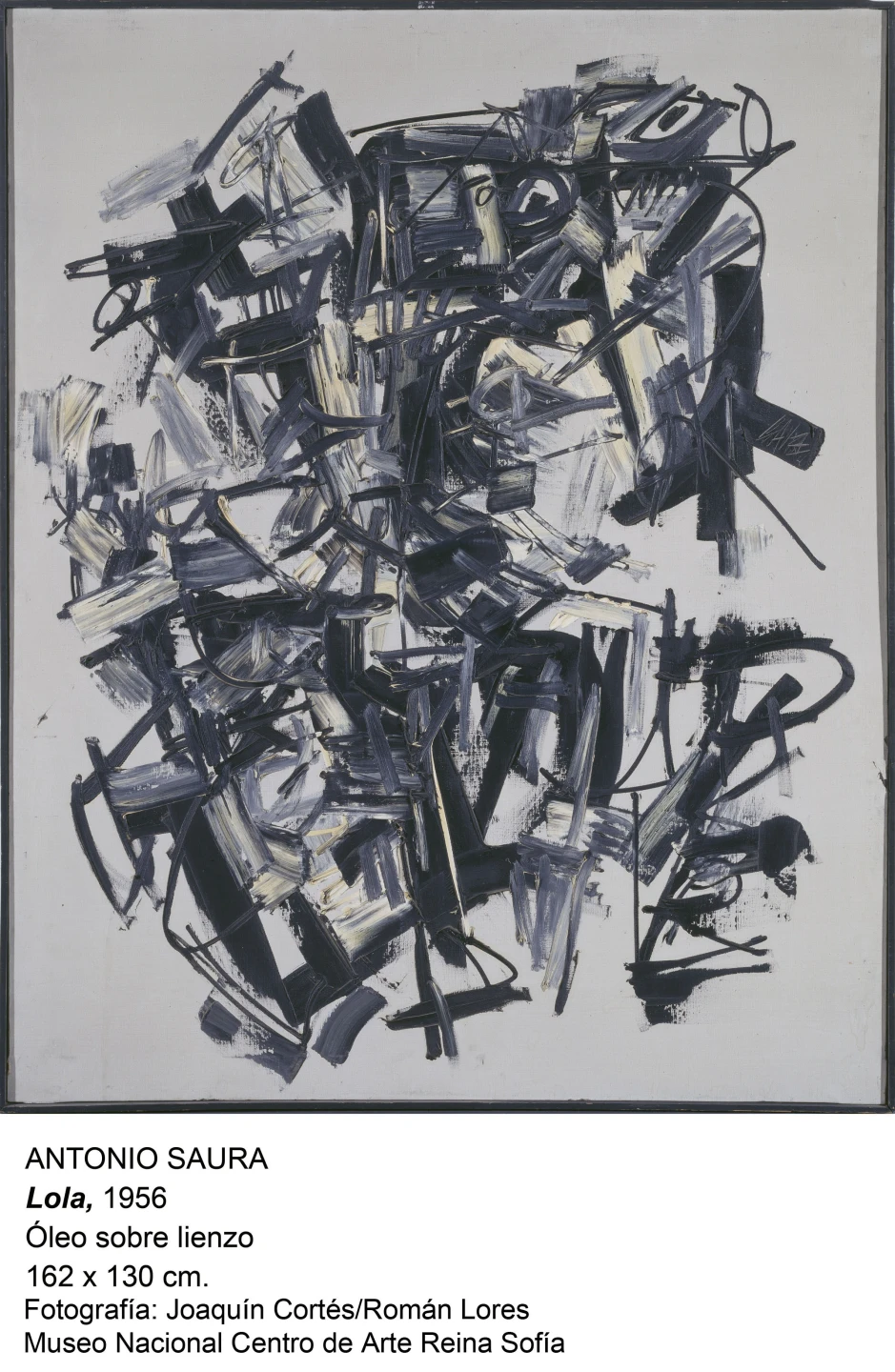
Antonio Saura. Lola, 1956
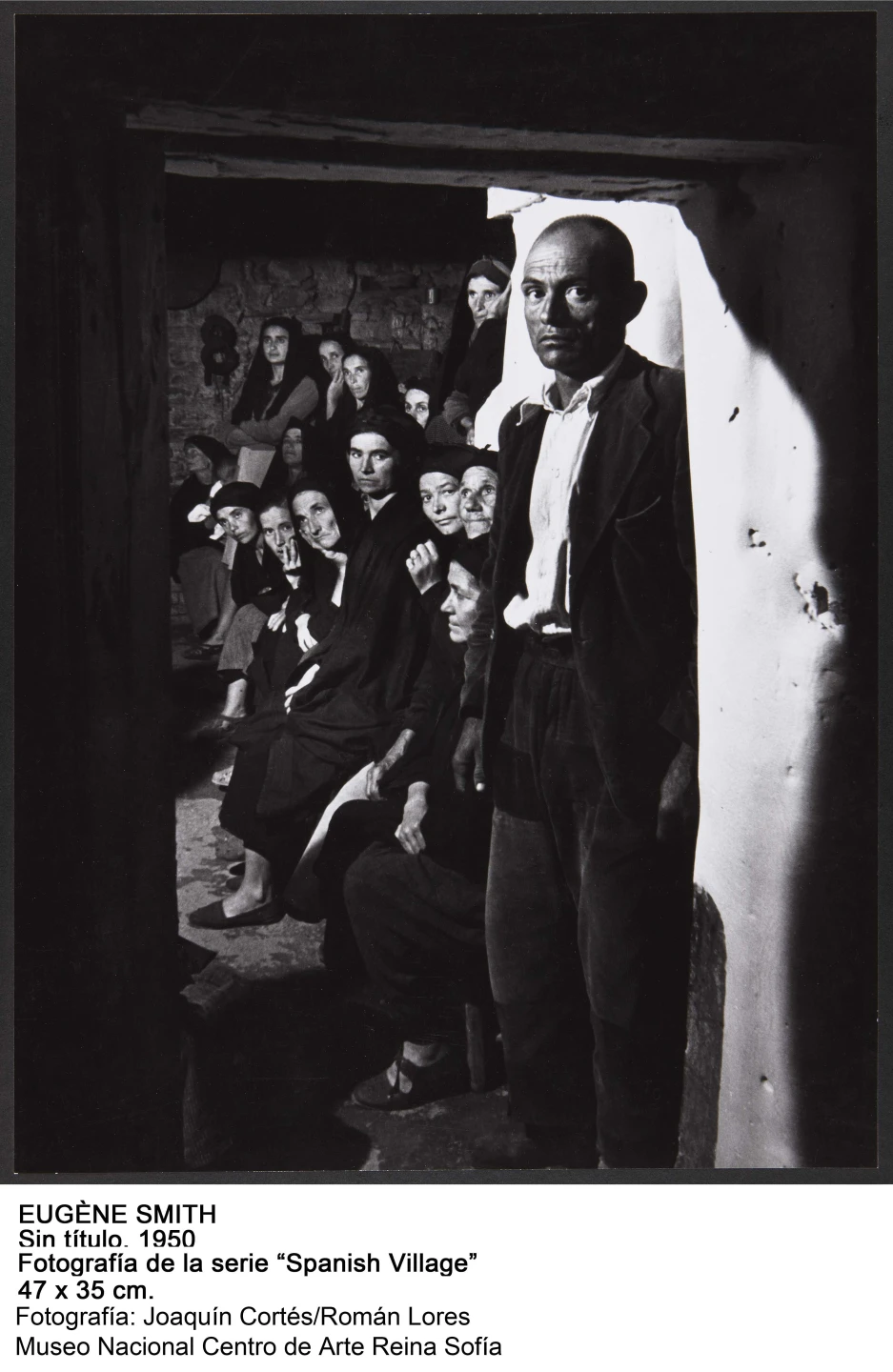
Eugène Smith. Serie Spanish Village, 1950
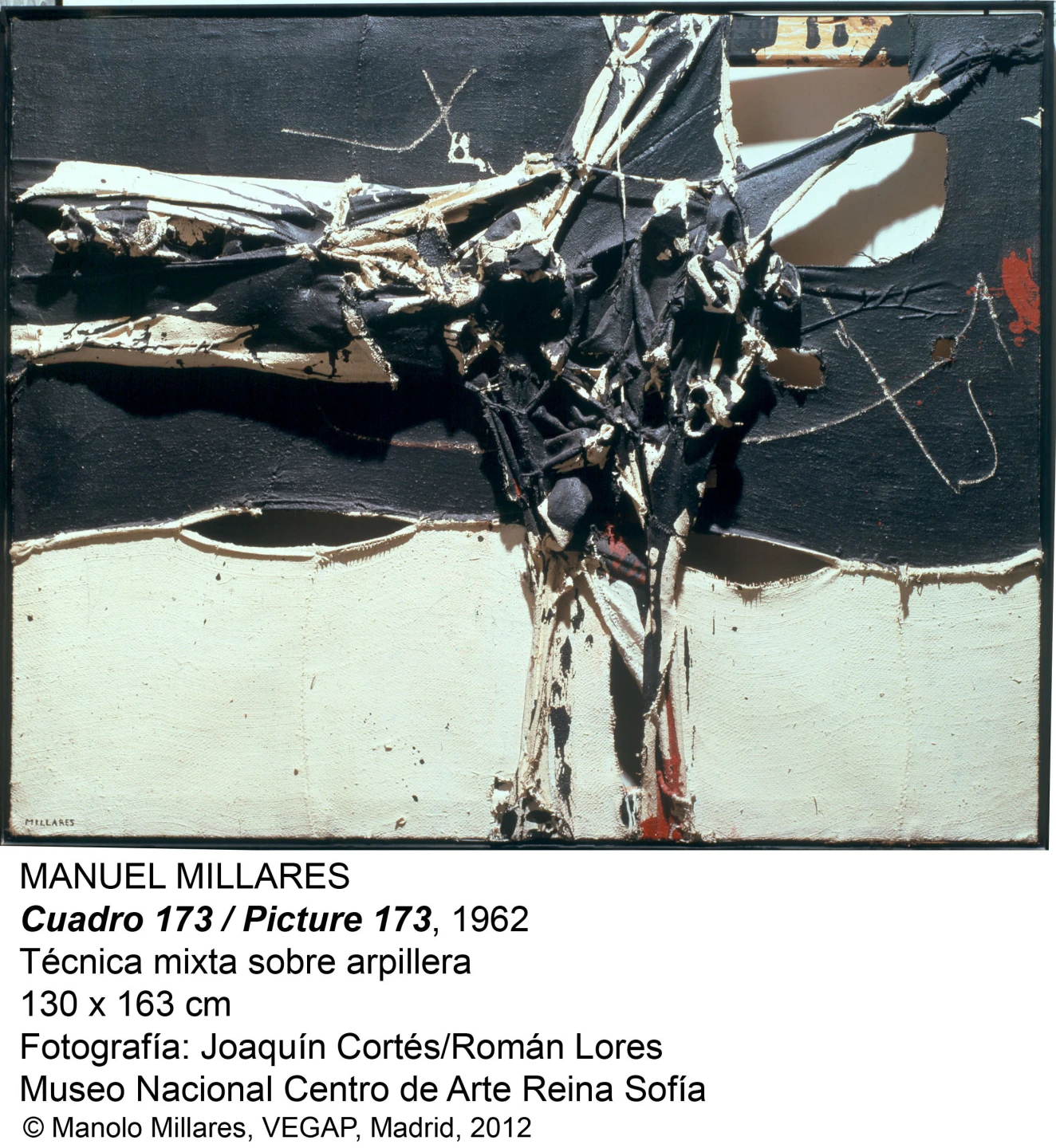
Manuel Millares. Cuadro173 / Picture 173, 1962
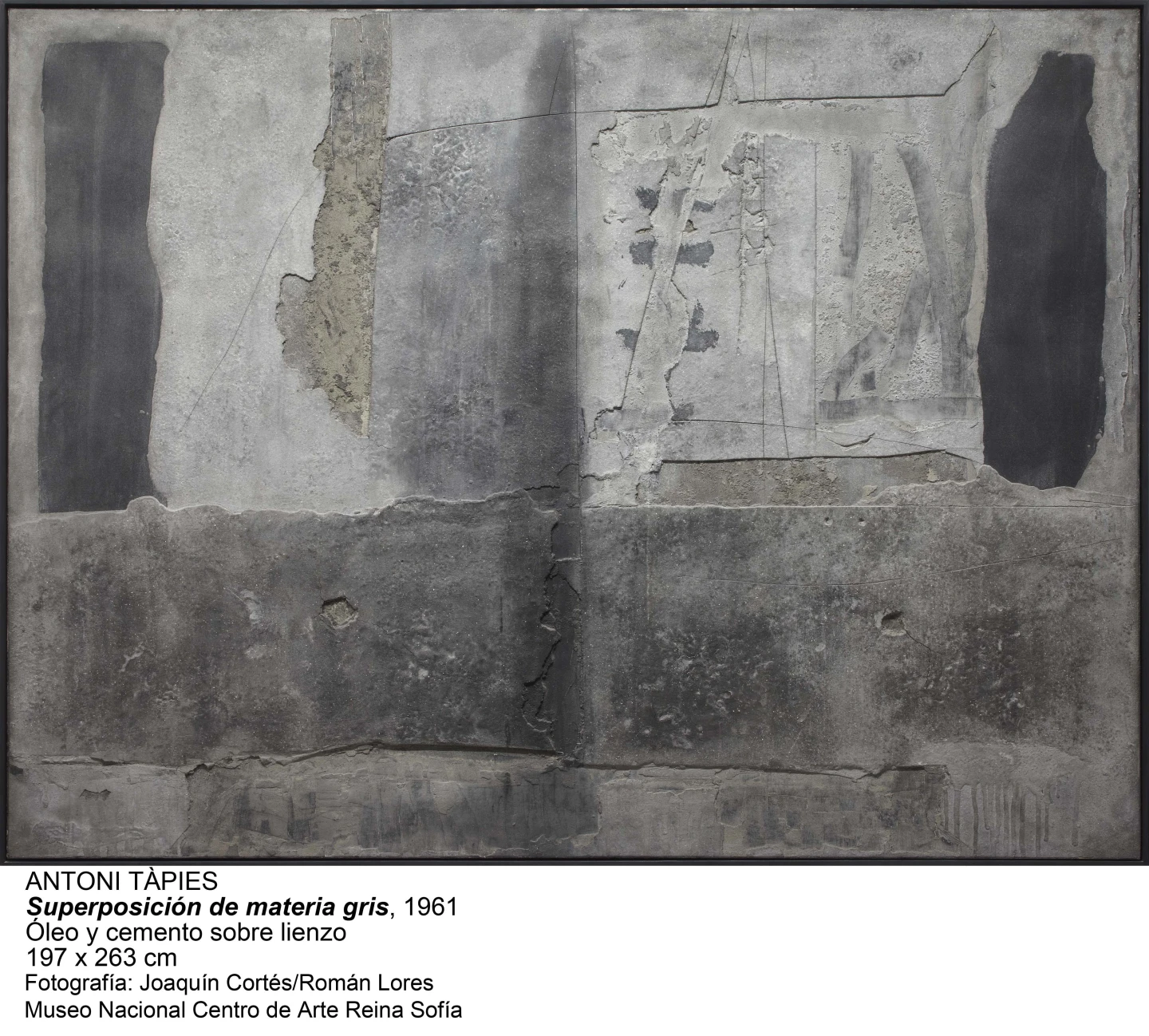
Antoni Tàpies. Superposición de materia gris, 1961
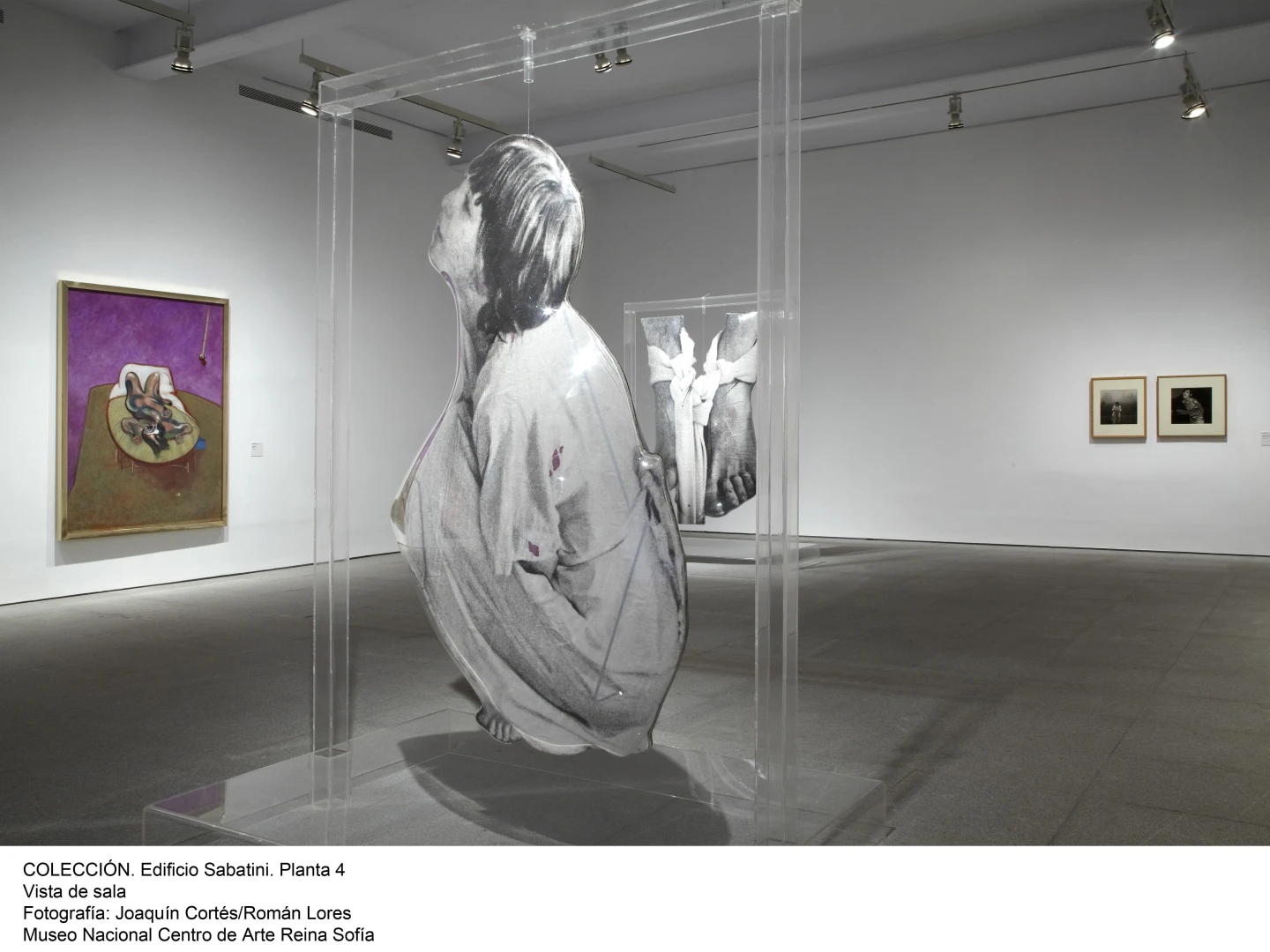
Colección 2. Edificio Sabatini, Planta 4. Vista de sala (1)
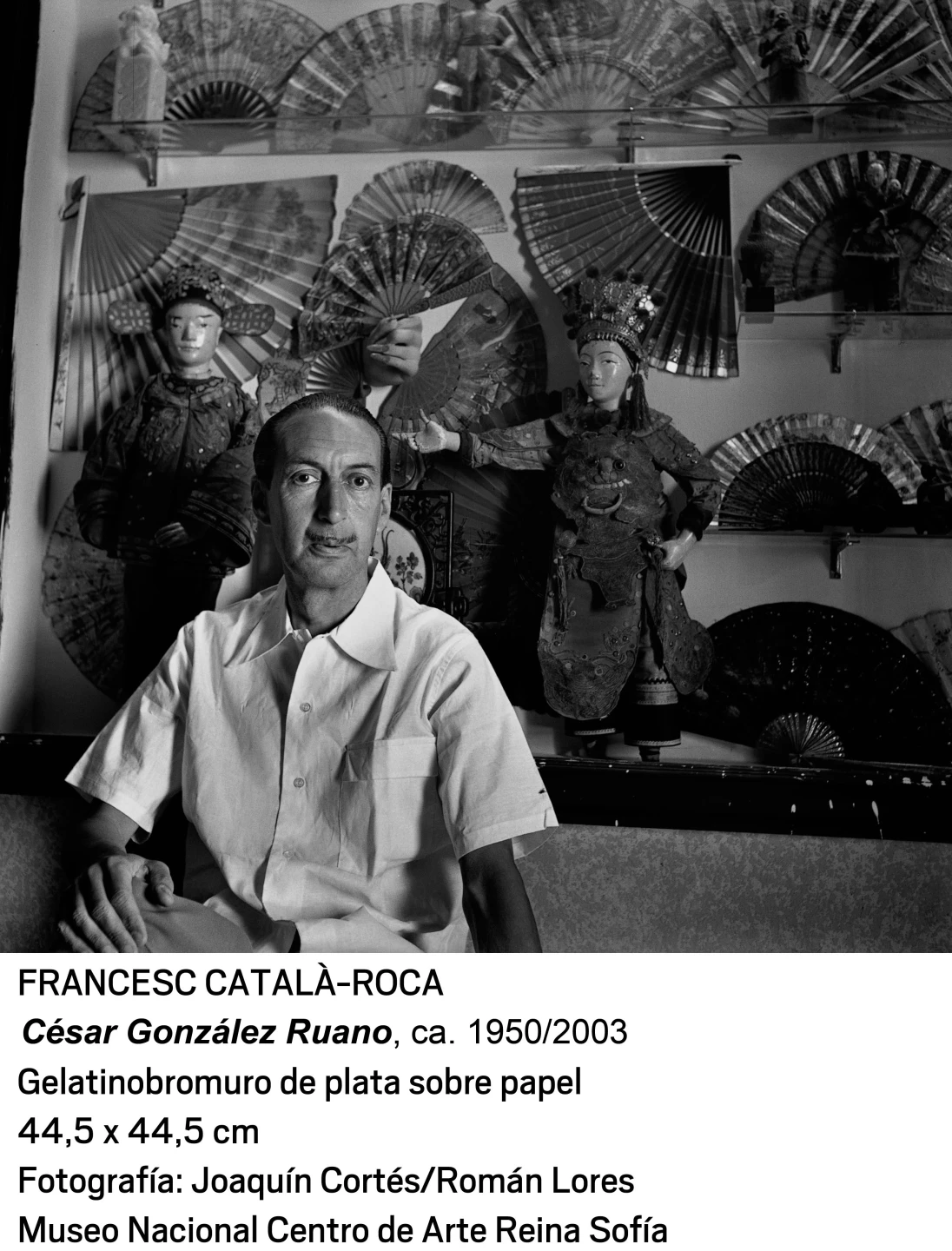
Francesc Catalá Roca. César González Ruano, ca. 1950-2003
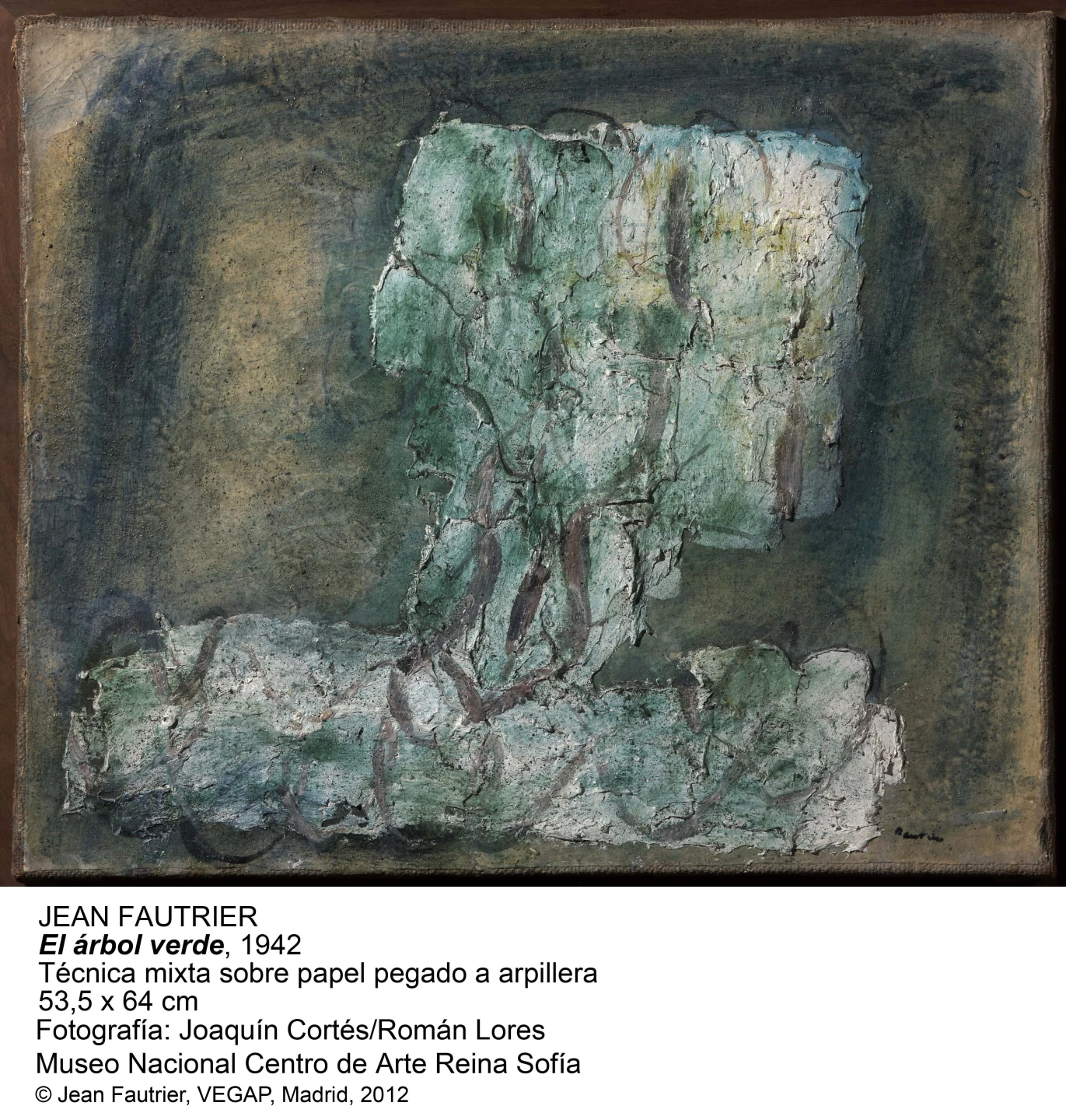
Jean Fautrier. El árbol verde, 1942
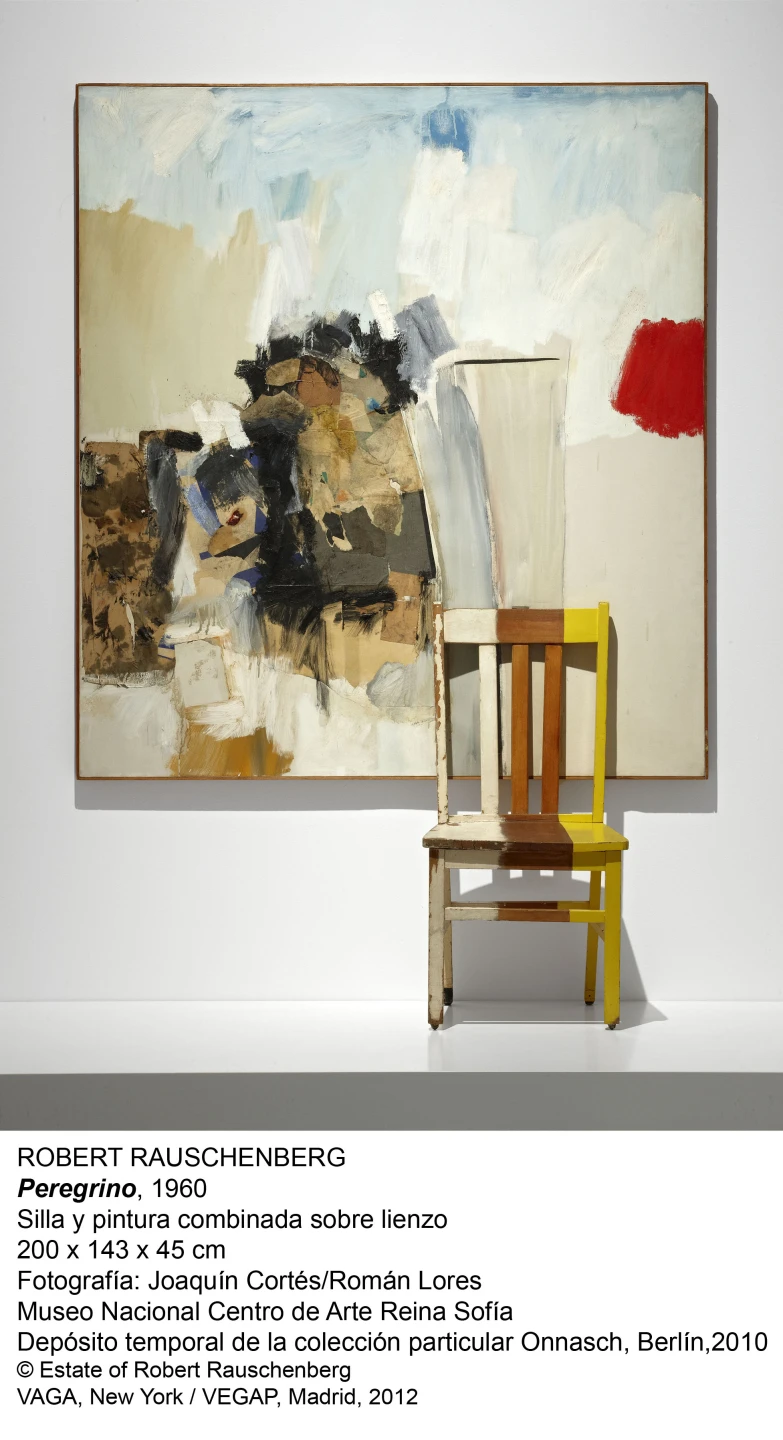
Robert Rauschenberg. Peregrino, 1960
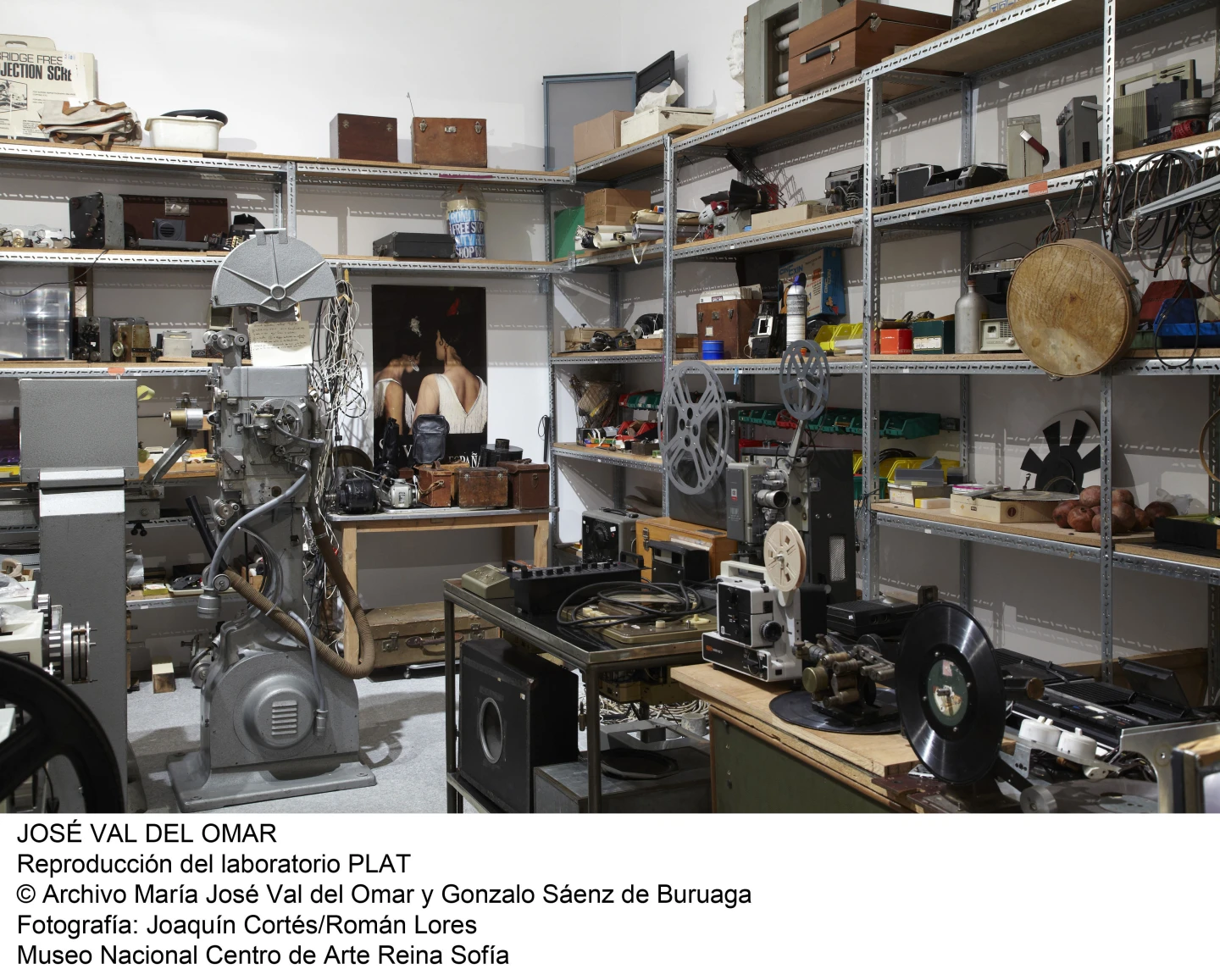
José Val del Omar. Laboratorio Plat (reproducción)
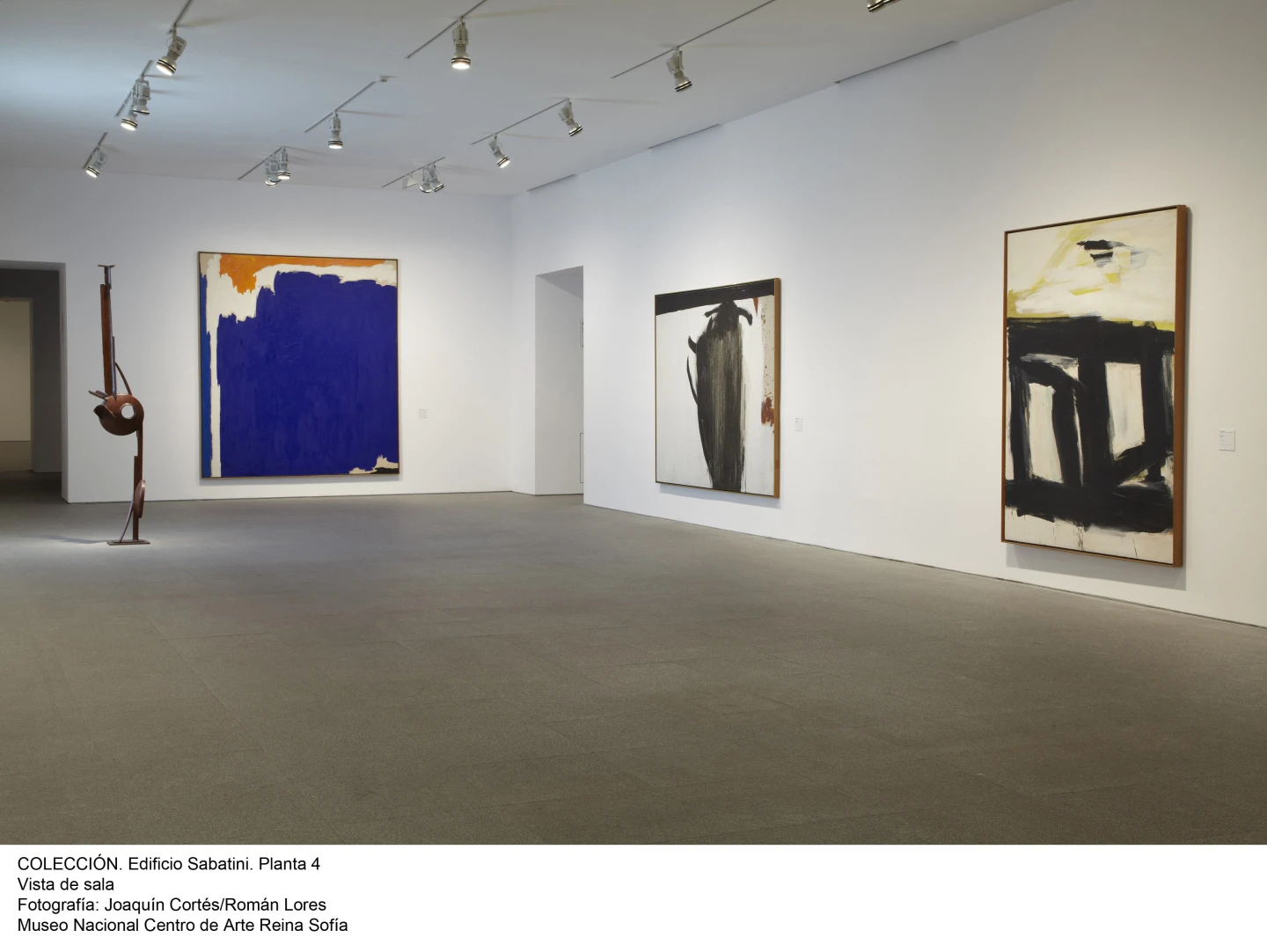
Colección 2. Edificio Sabatini, Planta 4. Vista de sala (2)
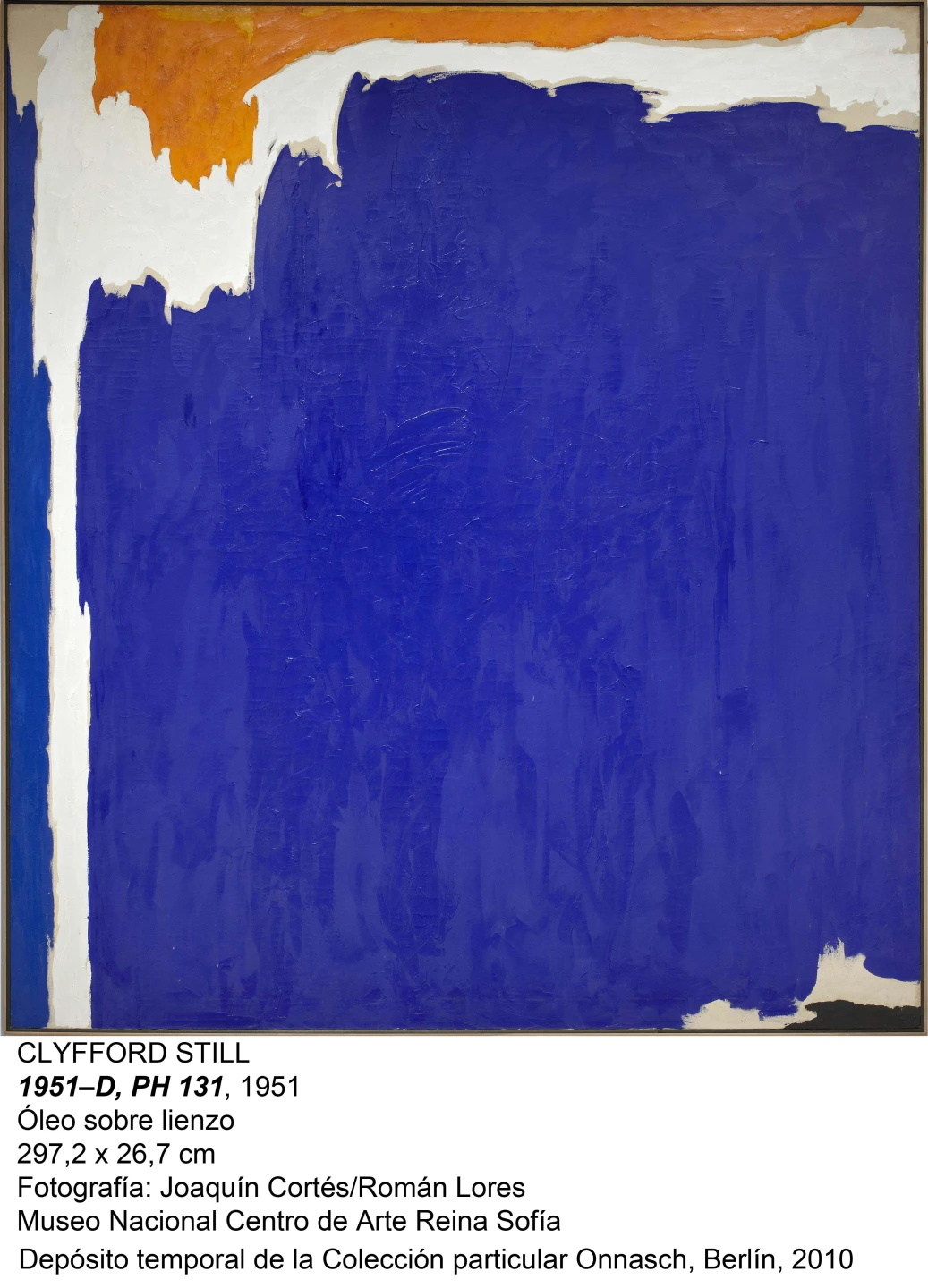
Clyfford Still. 1951-D, PH 131, 1951
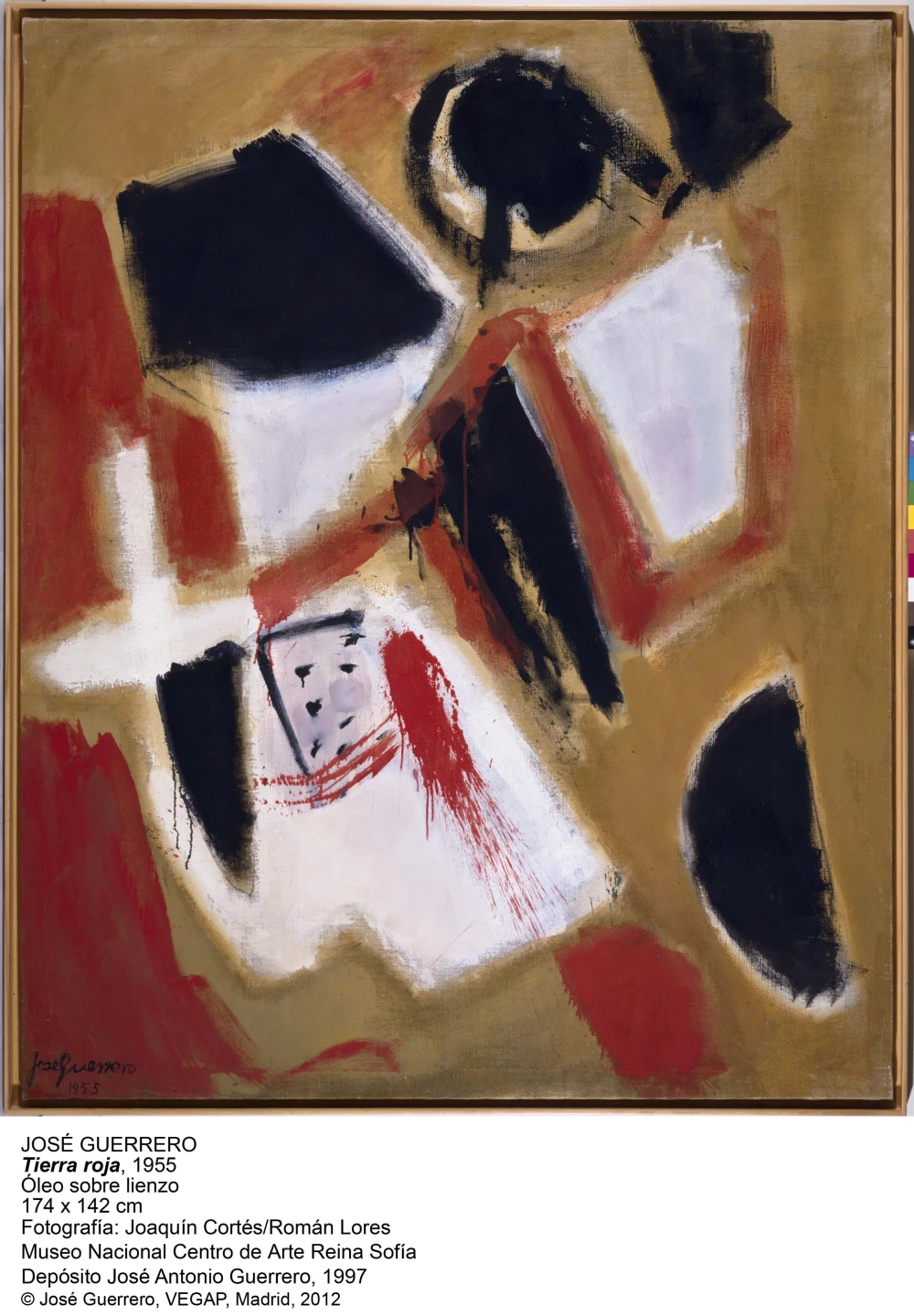
José Guerrero. Tierra roja, 1955
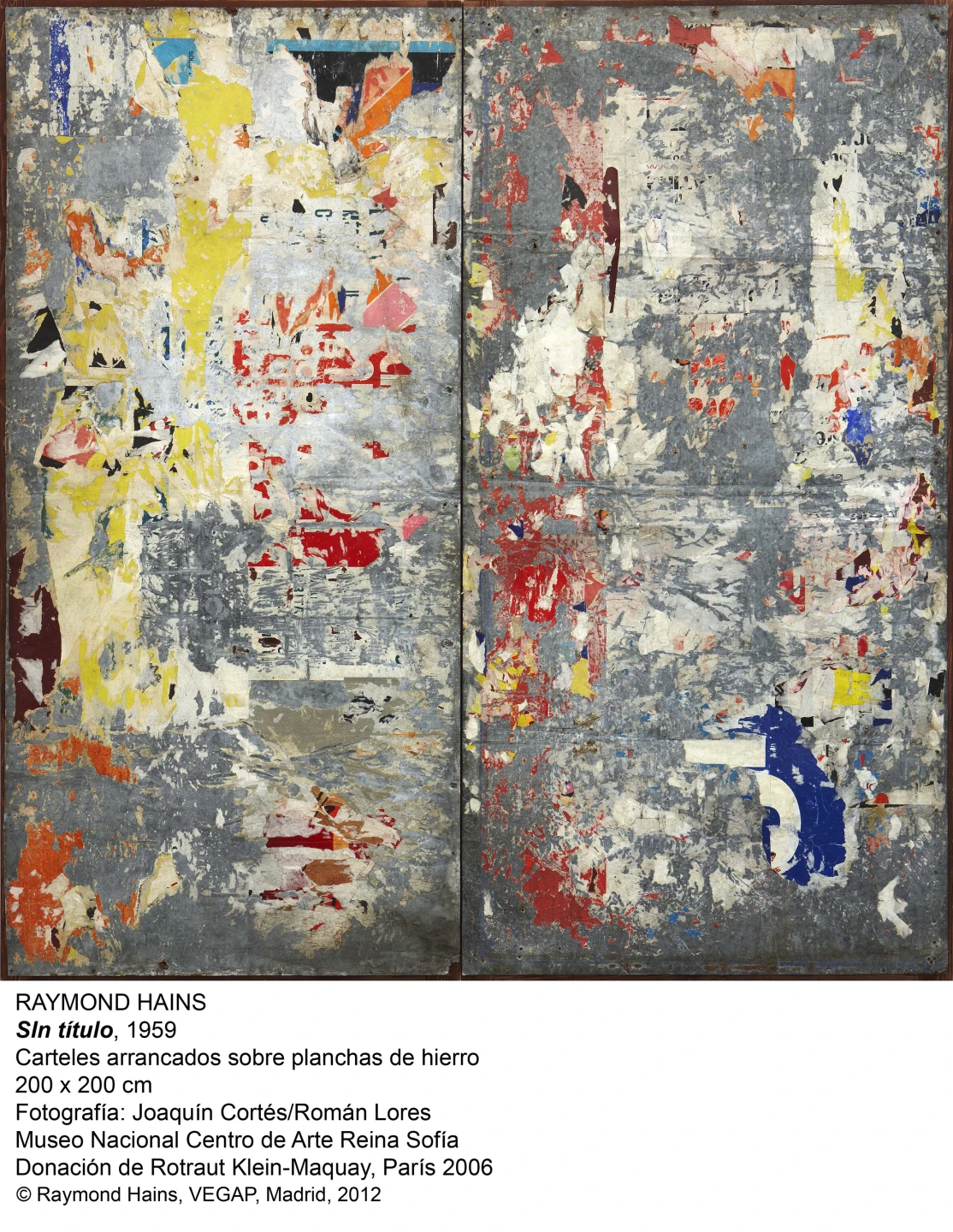
Raymond Hains. Sin título, 1959
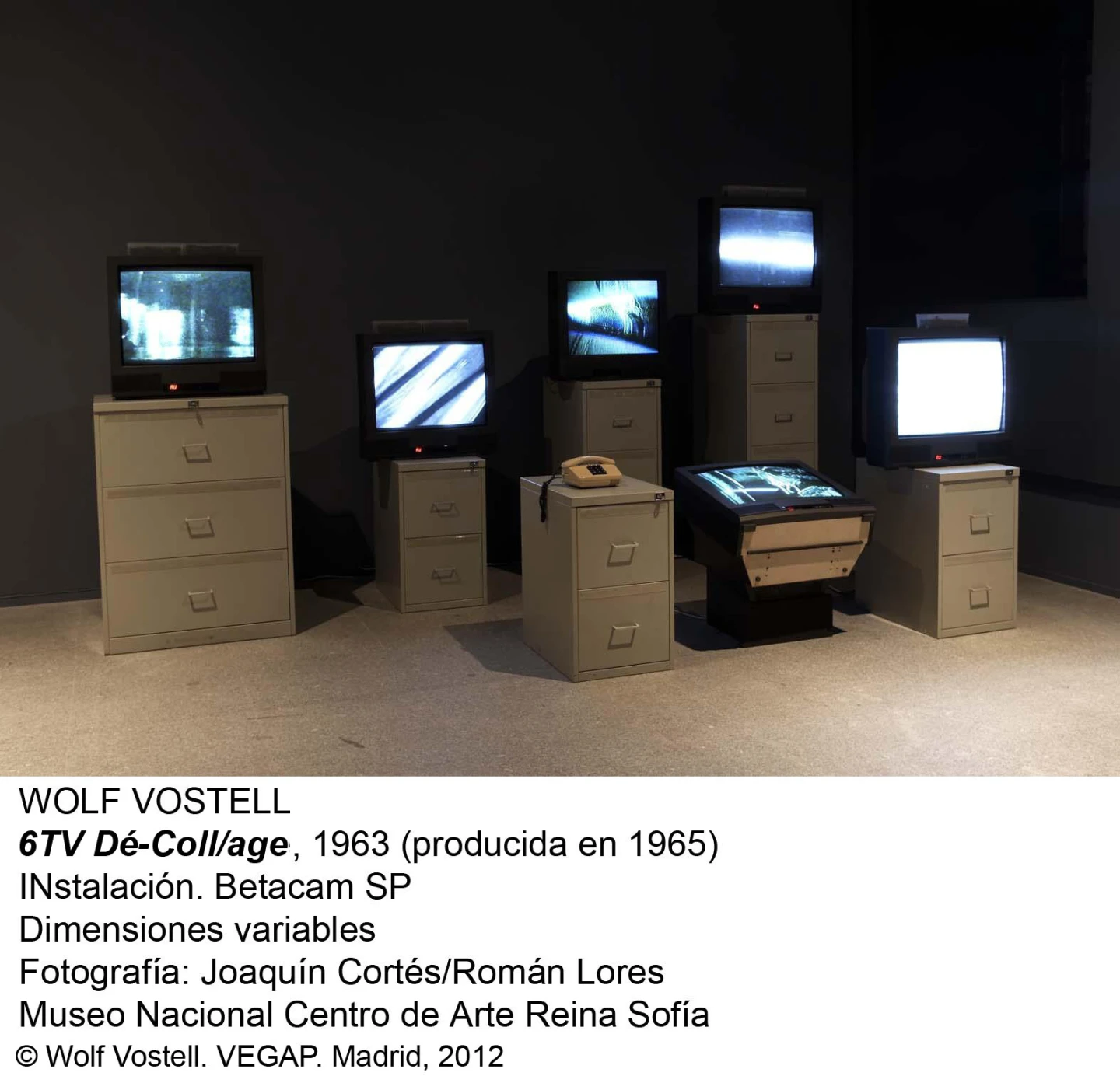
Wolf Vostell. 6TV Dé-Collage, 1963
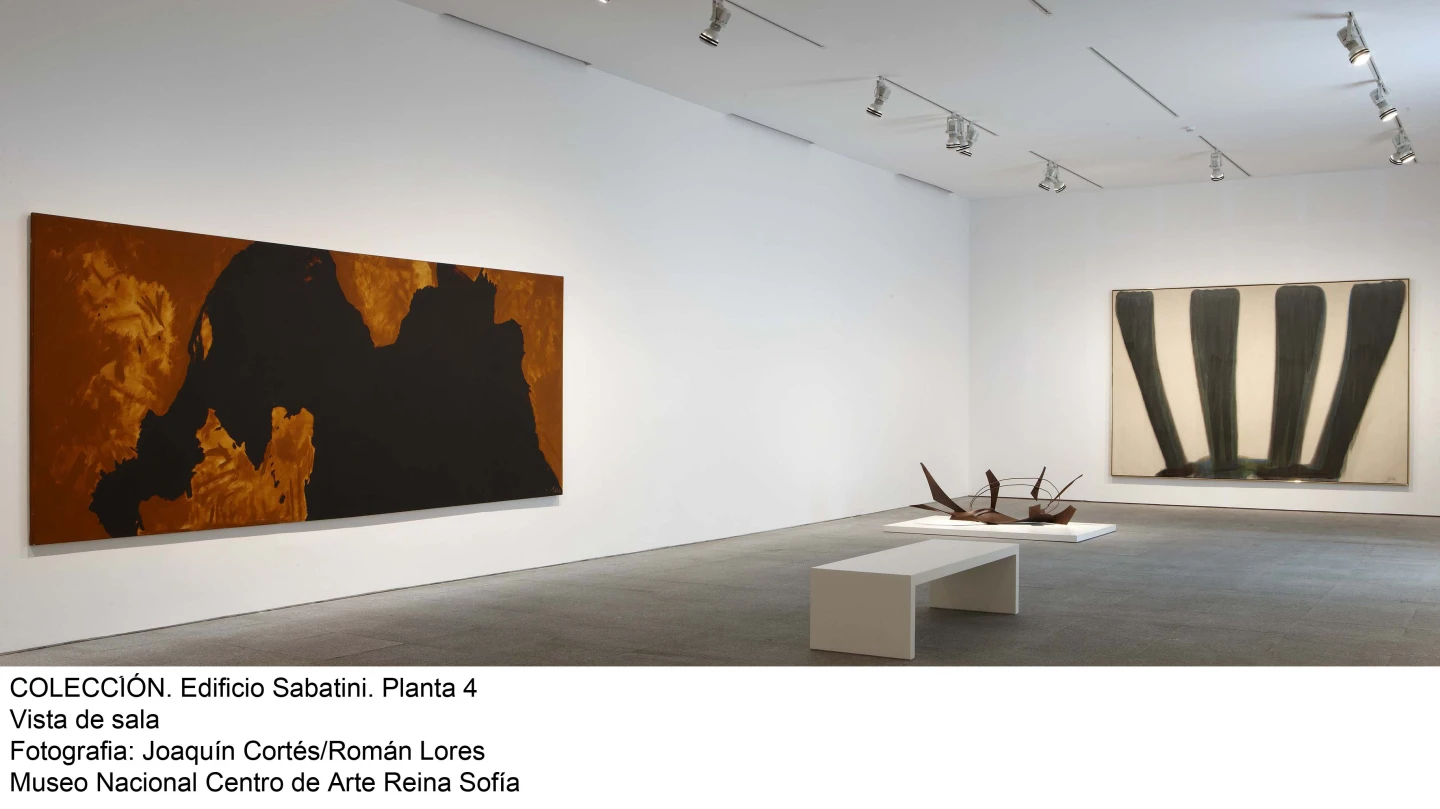
Colección 2. Edificio Sabatini, Planta 4. Vista de sala (3)
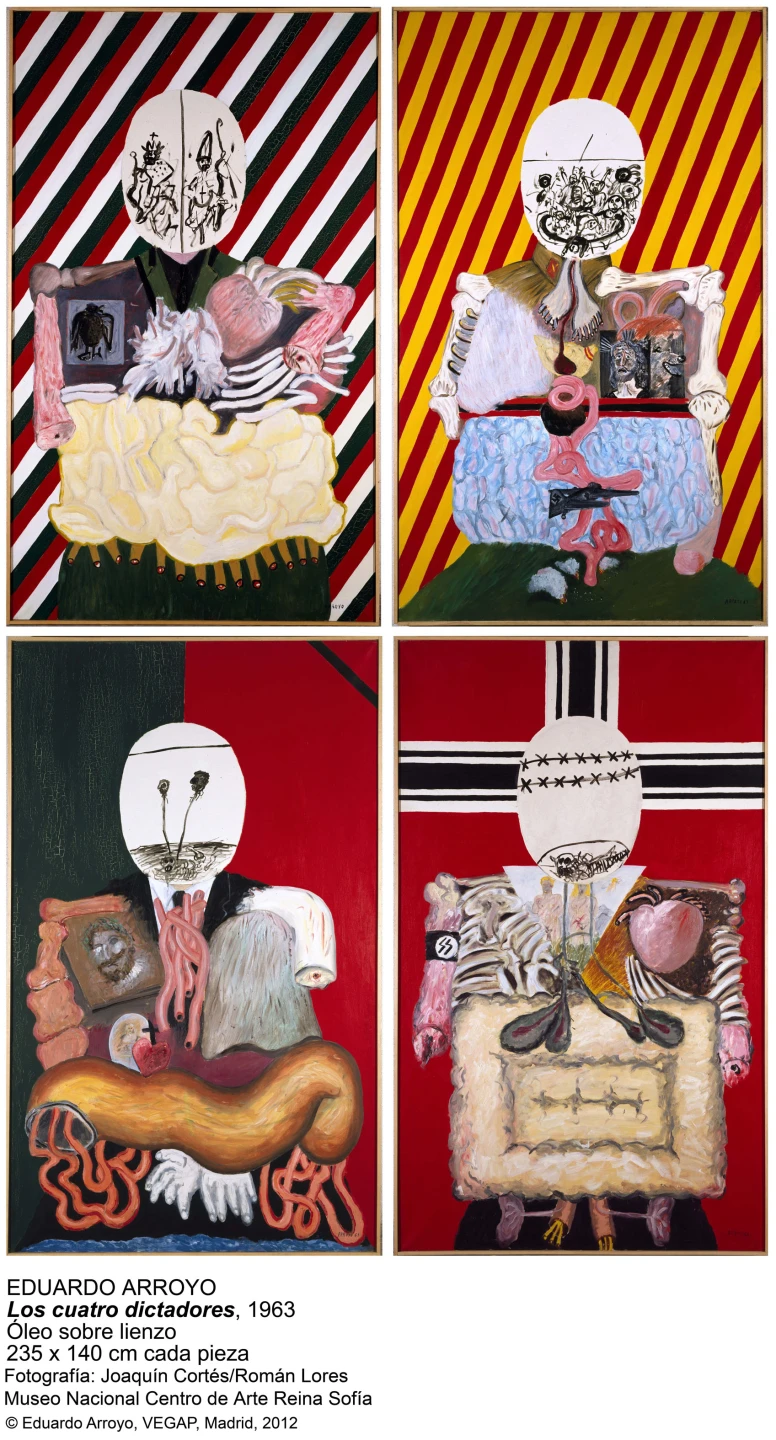
Eduardo Arroyo. Los cuatro dictadores, 1963
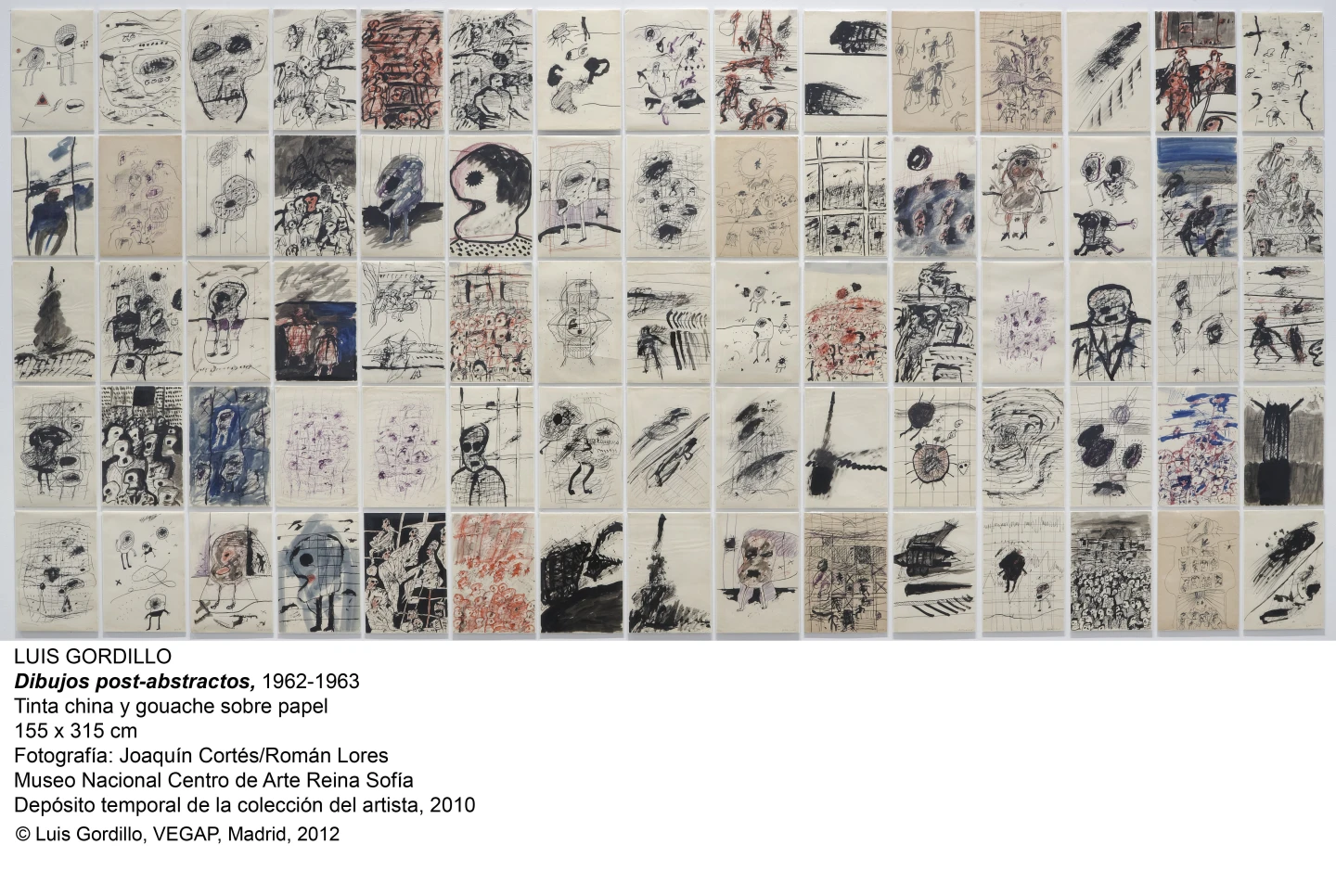
Luis Gordillo. Dibujos post-abstractos
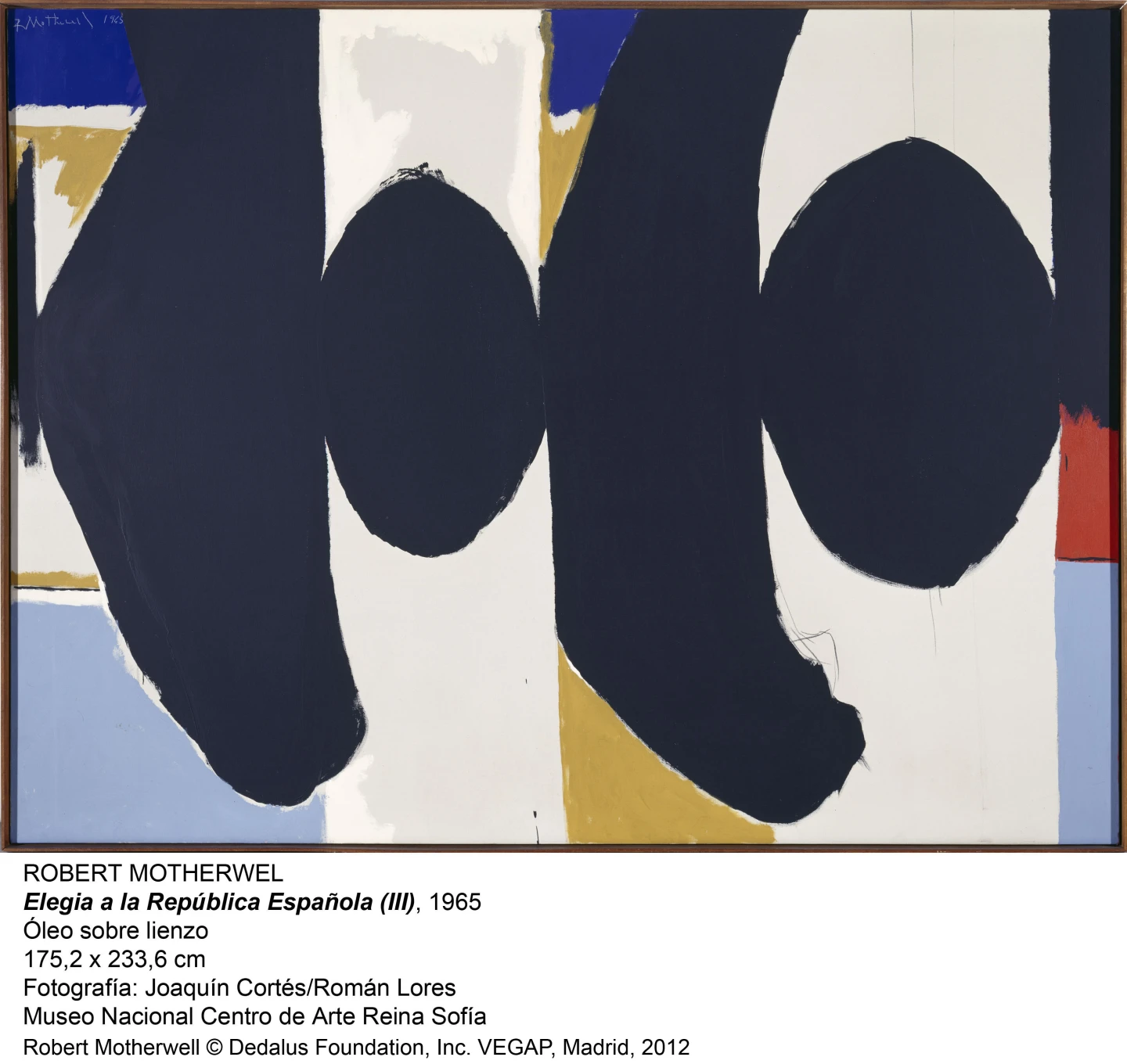
Robert Motherwell. , 1965
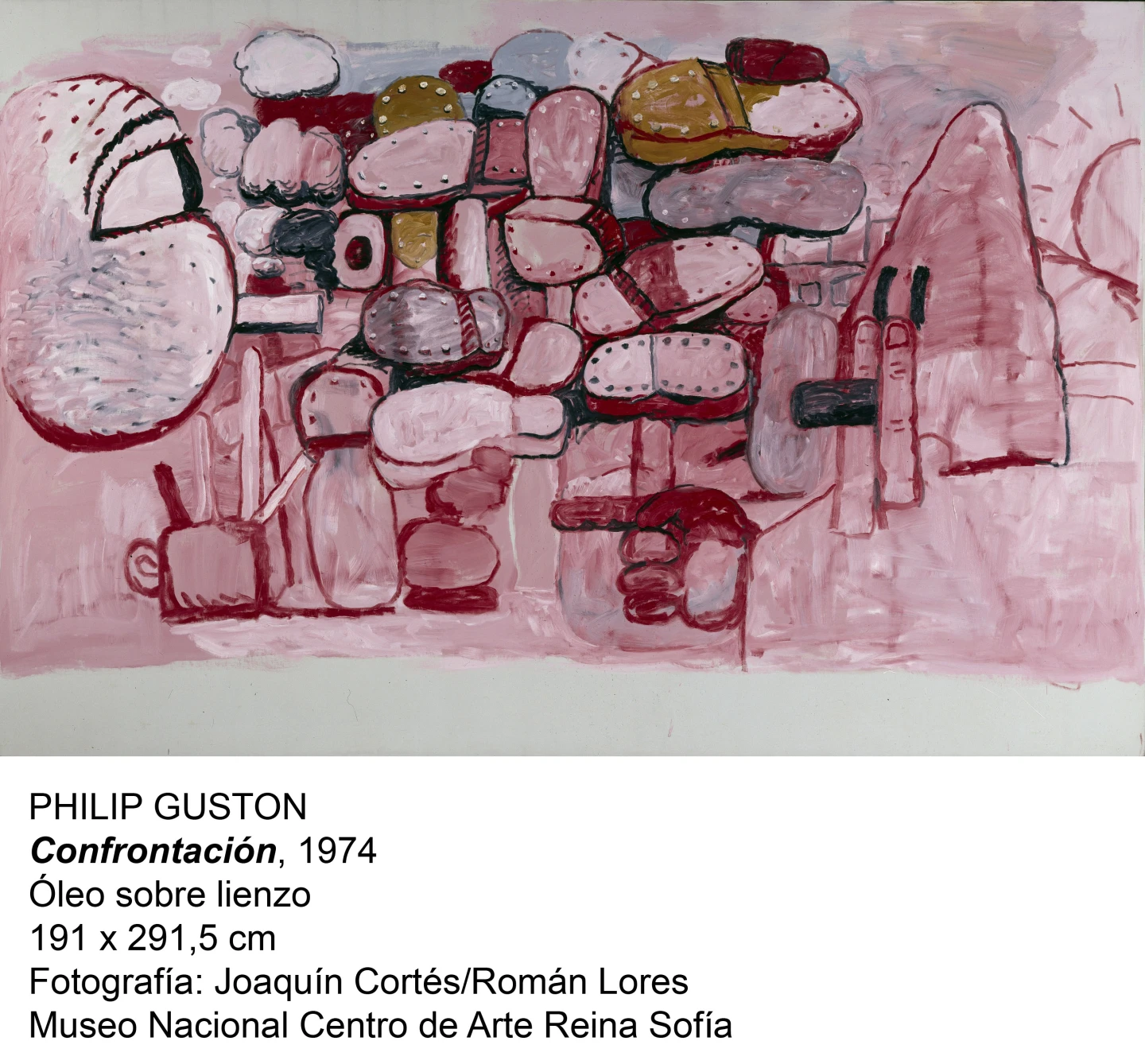
Philip Guston. , 1974
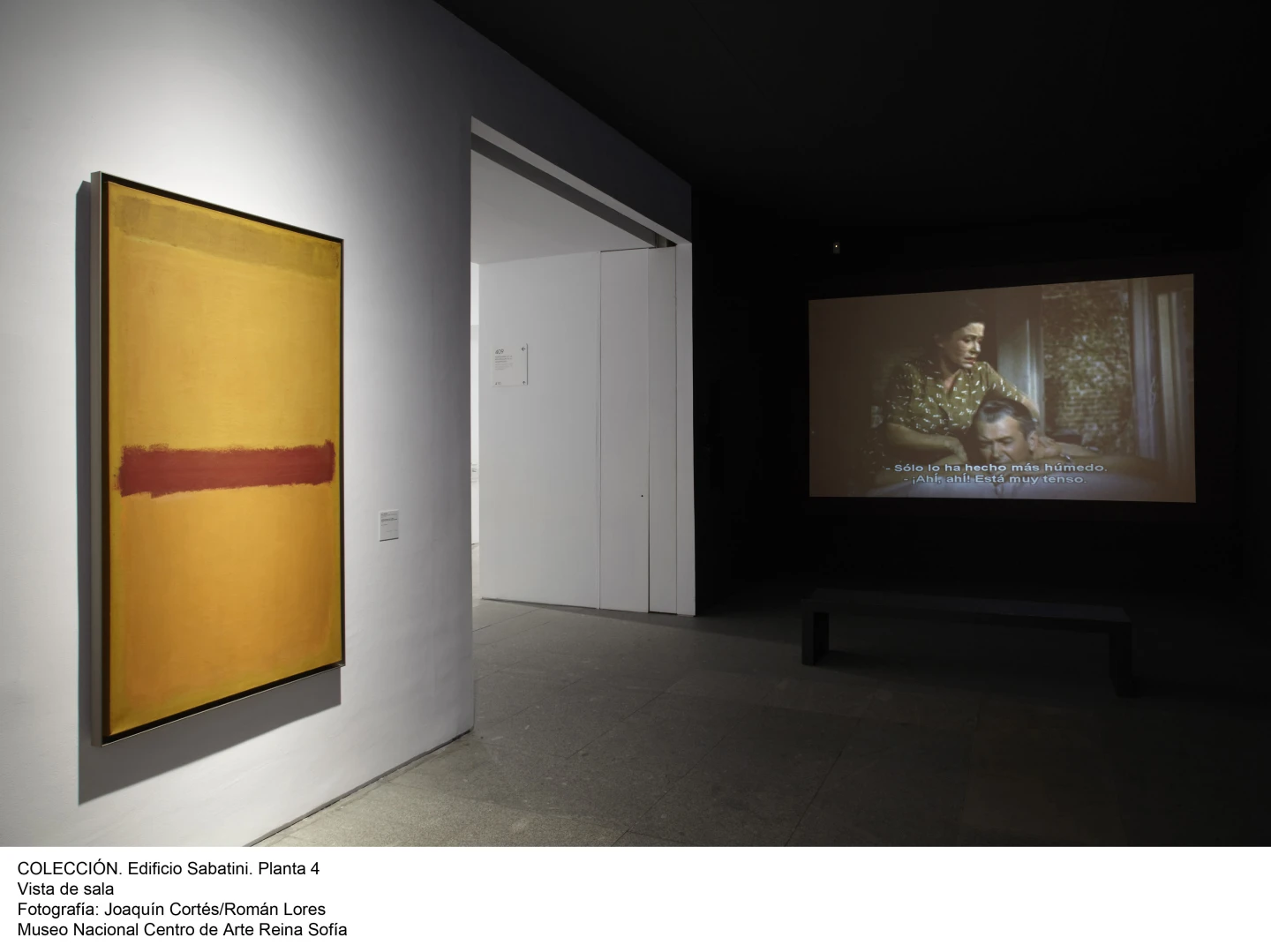
Colección 2. Edificio Sabatini, Planta 4. Vista de sala (4)